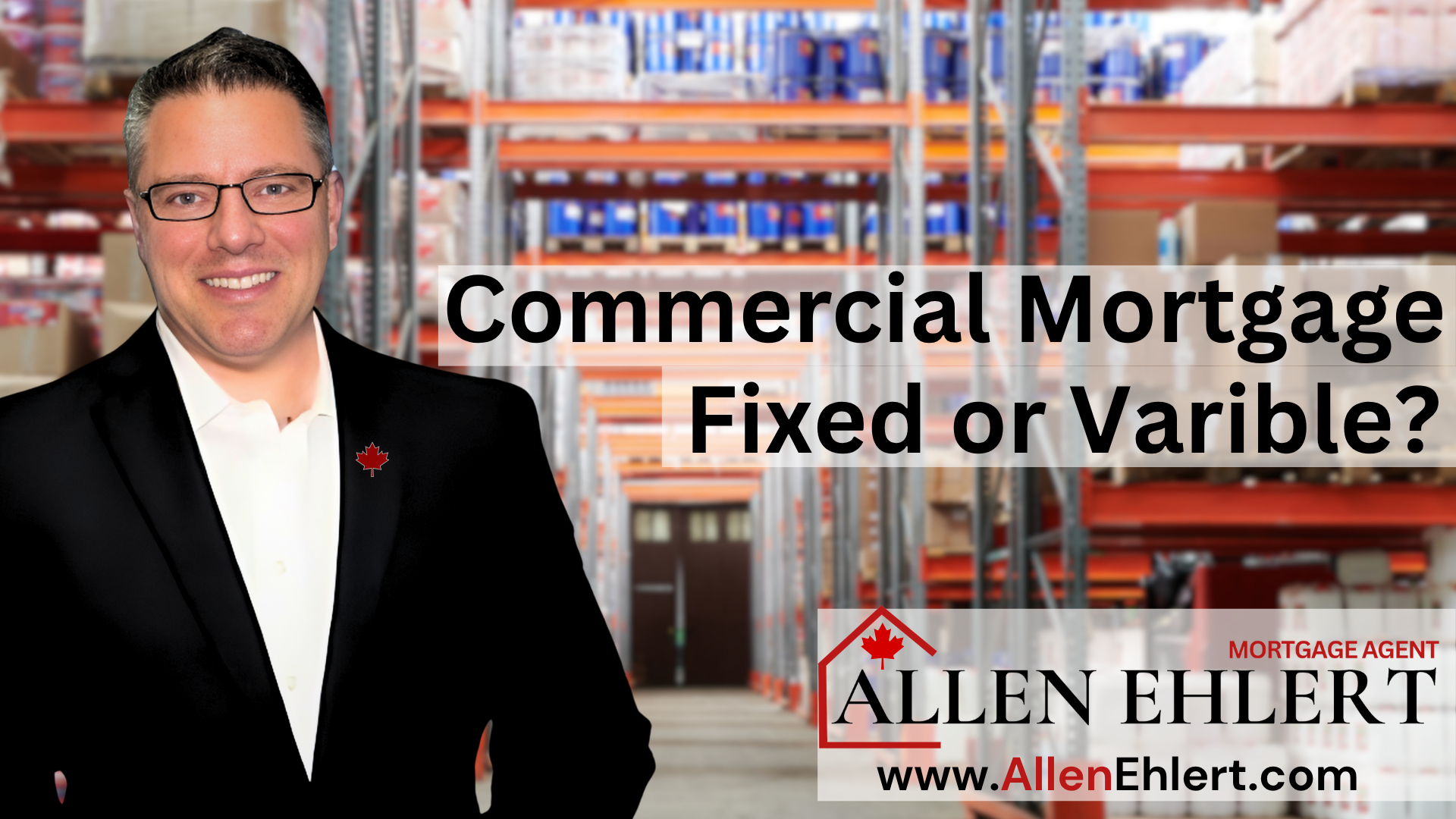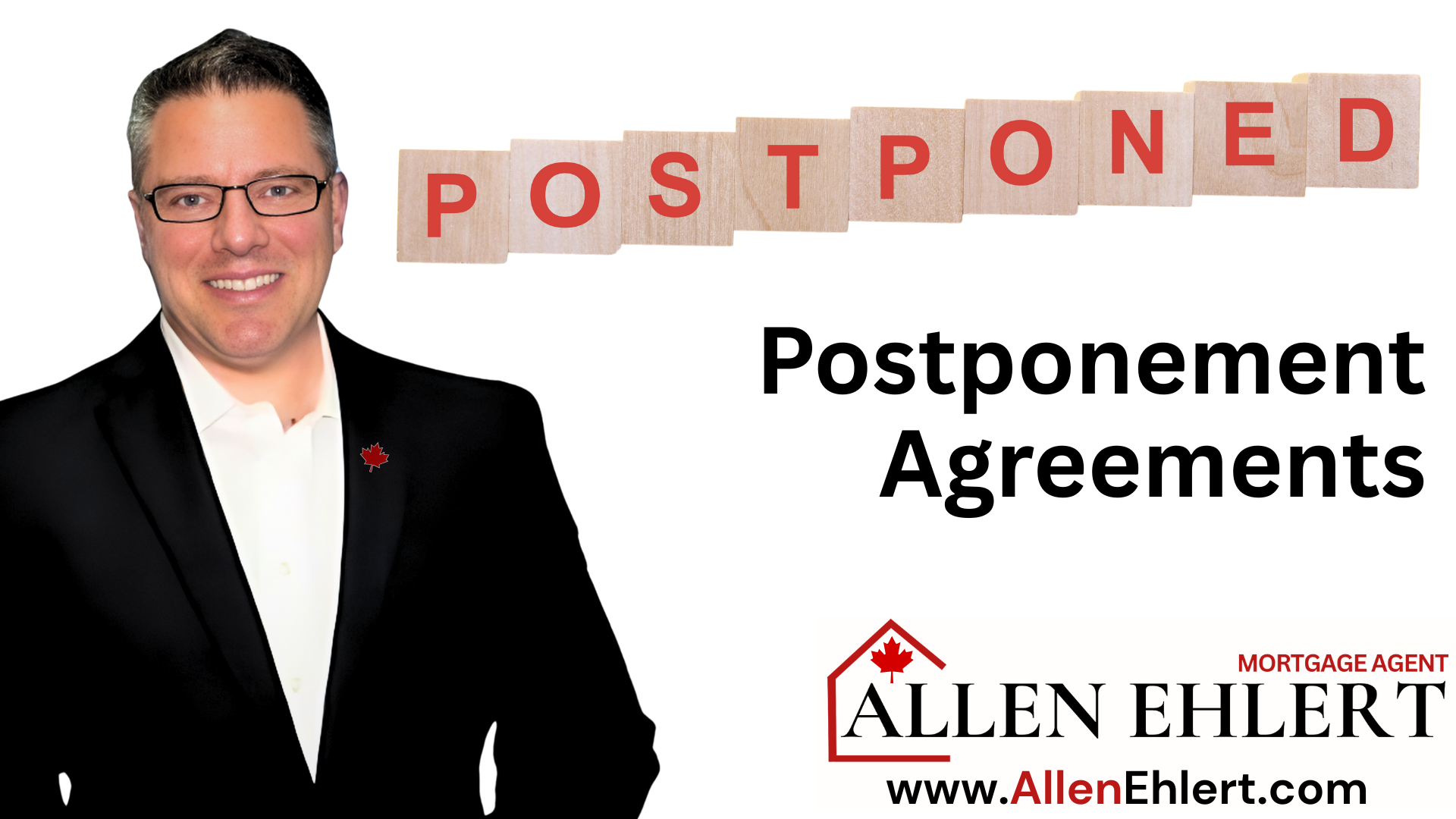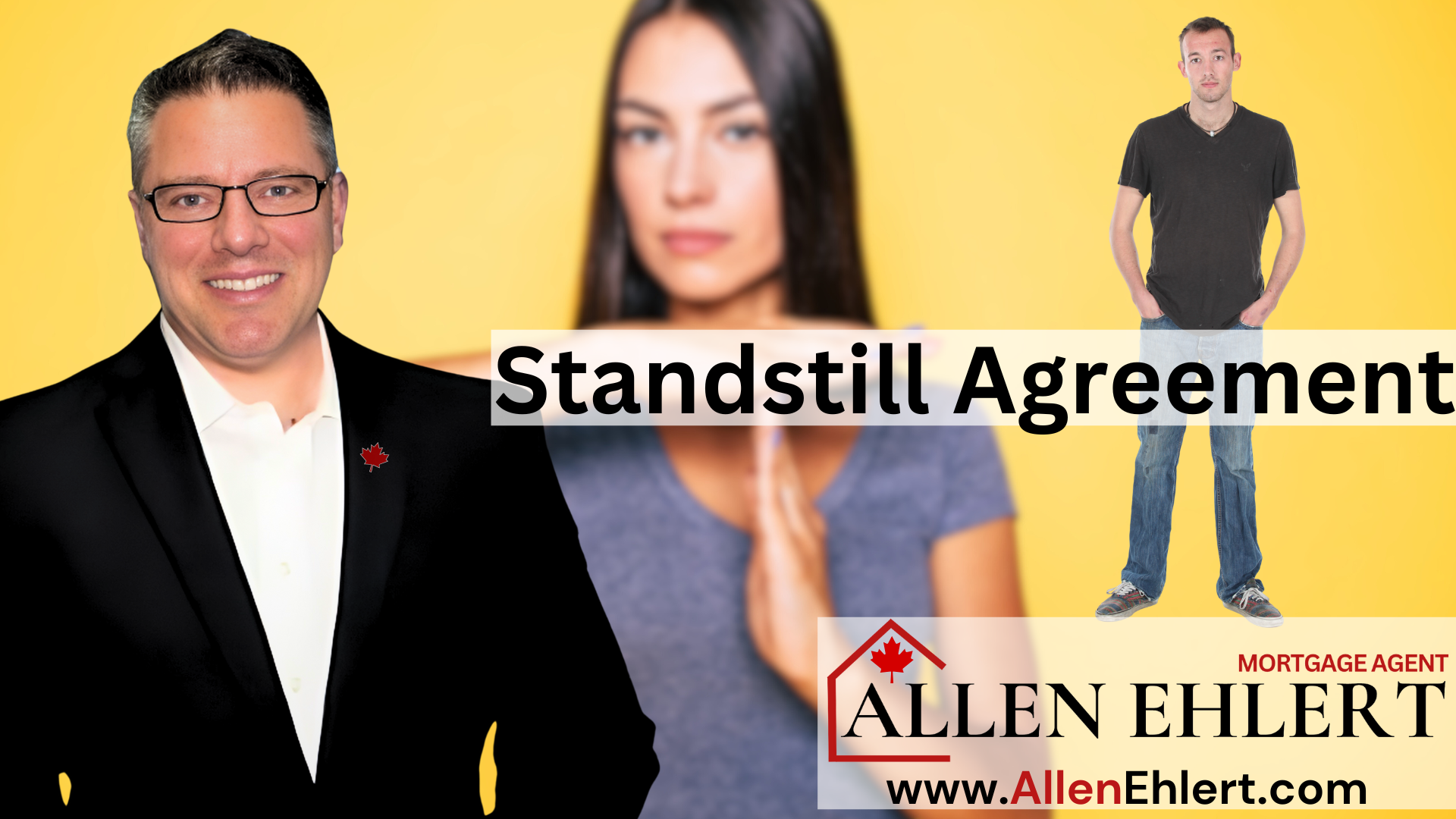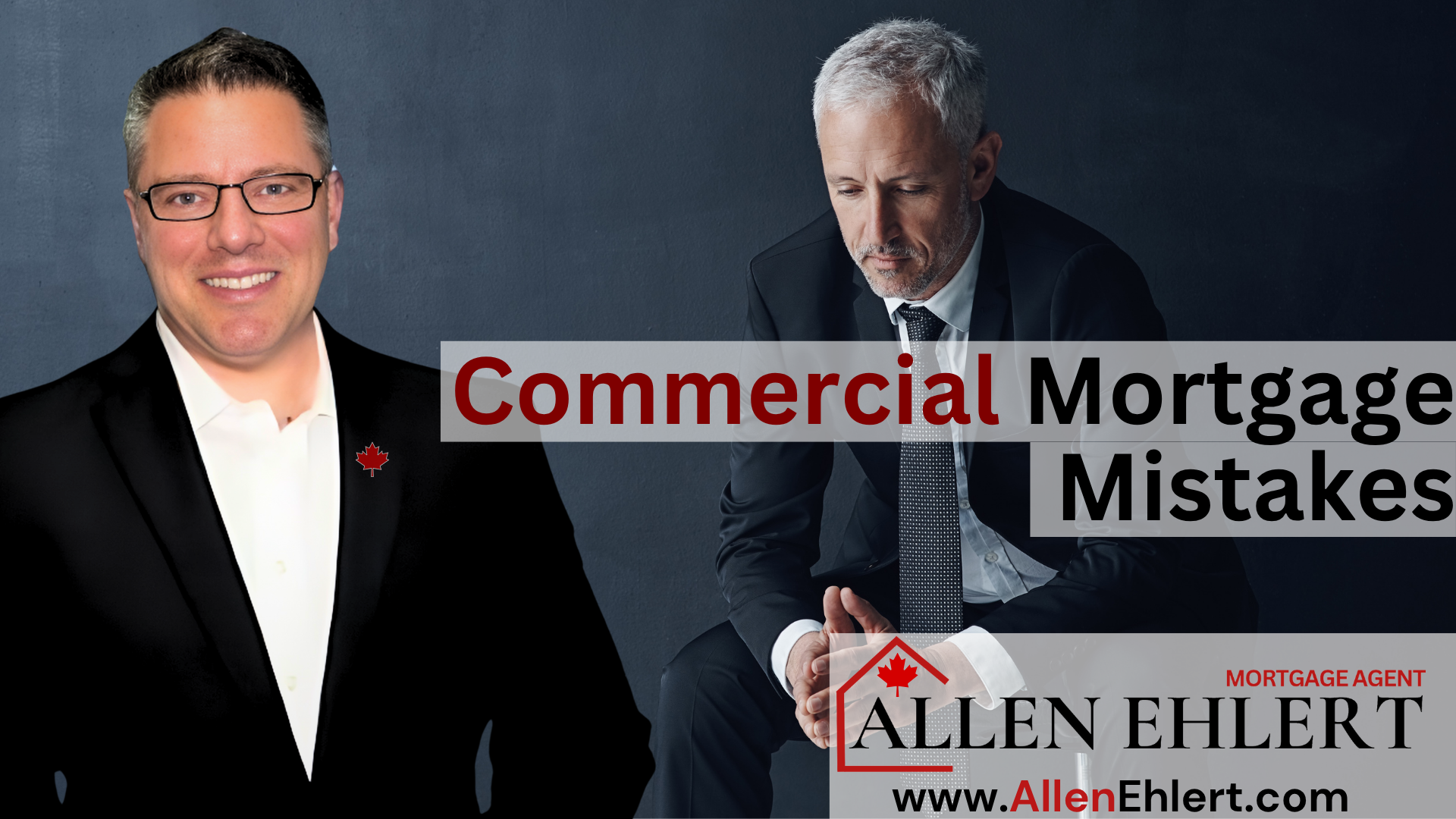… Should You Always Get Your HELOC from Your Own Bank? Not So Fast.
You’d be surprised how often I hear this one:
“If I already have my mortgage at TD, shouldn’t I just get my HELOC there too?”
A HELOC (Home Equity Line of Credit) is a revolving loan that lets you borrow money against the equity in your home (it’s a kind of refinance), much like using a credit card — you can draw, repay, and borrow again up to a set limit, with interest charged only on the amount you use. HELOCs are marketed as simple solutions, but they are remarkably complex.
It seems logical. You know the bank, they know you, and it feels easier to keep everything under one roof. But just because something’s convenient doesn’t mean it’s smart. When it comes to tapping your home equity, the bank that holds your mortgage might not actually give you the best deal — or the most flexibility.
In this article, I’ll walk you through:
Why Borrowers Often Default to Their Existing Bank
How Different Lenders Handle HELOCs
Real Story: When Staying with the Same Bank Cost More
How Realtors and Clients Can Use This Knowledge
Why Borrowers Often Default to Their Existing Bank
When homeowners decide to access home equity, the first instinct is to call their bank. It feels safe. You already have a relationship, and the banker at your local branch says they can “just add a line of credit” to your mortgage.
And sometimes — yes — that’s the right move. If your mortgage is a collateral charge mortgage, your lender might be able to add a HELOC with minimal paperwork and lower fees. It’s quick, easy, and often costs under $1,000 in legal and appraisal costs.
But that’s where many people stop asking questions. And that’s the problem.
Because here’s what most borrowers don’t realize: every bank structures HELOCs differently. Some offer better flexibility, lower rates, or more generous approval limits — and others, well, don’t.
What You Lose by Staying Put
Staying with your bank might save you a little on setup fees, but it can also limit your future options.
Here’s why:
- Collateral Registration Locks You In: If your bank already registered your mortgage as a collateral charge (like TD, RBC, and Scotiabank often do), it means they control how your home’s equity can be used. You can’t move your mortgage easily at renewal because no other lender can take second position without a full refinance.
- Rate Flexibility: The “discount” your bank gives you might not actually be competitive. Many HELOCs at major banks are Prime + 0.50%, while some monoline lenders or credit unions offer Prime or better. That half-percent difference adds up quickly on $100,000 of borrowed funds.
- Product Design: Some banks force your HELOC and mortgage to be bundled together — meaning if you ever want to switch lenders later, you have to move both products at once. That can trap you with higher renewal rates or fewer options.
So yes, it’s “easier” to stay with your bank, but easier doesn’t always mean better.
How Different Lenders Handle HELOCs
Not all lenders treat HELOCs the same way.
- Big Banks (TD, Scotiabank, RBC): Offer readvanceable products (e.g., TD’s Home Equity FlexLine, Scotiabank STEP) that blend a mortgage and HELOC. Great flexibility, but hard to switch out of later without refinancing.
- Credit Unions: Often provide standalone HELOCs with lower setup fees and less rigid structures. They’re a strong option for borrowers who want flexibility without full collateral registration.
- Monoline Lenders (like First National or MCAP): Typically don’t offer HELOCs, but will allow structured refinance solutions at competitive fixed rates — perfect if your goal is debt consolidation rather than revolving credit.
The right choice depends on your long-term plan.
Are you planning to keep your home long-term and use the HELOC for investment or renovations? Then your own bank’s product might be fine.
But if you might refinance, renew, or sell in a few years — locking into a collateral mortgage could cost you thousands down the road.
Real Story: When Staying with the Same Bank Cost More
I’ll never forget working with a couple from Barrie — let’s call them Paul and Dana.
They had a $600,000 mortgage with a bank and wanted a $100,000 HELOC to pay off high-interest credit cards and finish their basement. Naturally, they figured, “We’ll just add it on at the branch.”
But when we looked closer, their bank’s HELOC rate was Prime + 0.5%, and their setup required converting their mortgage into a full collateral charge, which would make it nearly impossible to move later without paying legal fees again.
I suggested we compare with another lender — in this case, Scotiabank’s STEP. Not only was the rate the same, but the structure allowed them to separate the fixed mortgage from the line of credit. Down the road, if they found a better mortgage rate, they could move the mortgage portion and keep the HELOC where it was.
By the end of it, Paul and Dana saved about $4,000 in future switching costs and had way more flexibility.
Sometimes, staying where you are costs you more — you just don’t see it right away.
How Realtors and Clients Can Use This Knowledge
For realtors, understanding this nuance helps you elevate your client conversations. When you meet a homeowner considering renovations or debt restructuring, ask:
“Do you know if your mortgage is a collateral charge?”
That single question sets you apart. It shows you understand how financing affects the future saleability and refinancing flexibility of their property — things most agents never talk about.
For clients, this insight is equally powerful. Before you say yes to the bank, check the details:
- Will your HELOC be registered as part of your mortgage or separately?
- What’s the total borrowing limit and can you access it easily?
- What happens if you want to switch lenders later?
And most importantly — compare. Don’t assume your current bank gives you the best deal. Sometimes, another lender can structure it in a way that saves you thousands over time.
Allen’s Final Thoughts
Here’s the truth: getting a HELOC from your bank can make sense — but only when the structure, rate, and long-term plan align with your goals. If you’re not careful, the “easy” route can turn into a costly trap that limits your future options.
My role as a mortgage agent isn’t just to get you the lowest rate. It’s to help you think strategically — to understand what each lender’s fine print means for your flexibility, your fees, and your financial freedom down the road.
So before you sign that HELOC paperwork with your bank, give me a call. I’ll show you what other lenders offer, what your long-term costs really look like, and whether your bank’s “easy” option is actually the best option.
Because smart mortgage planning isn’t about loyalty — it’s about leverage. And my job is to help you make sure your equity works for you, not the other way around.












